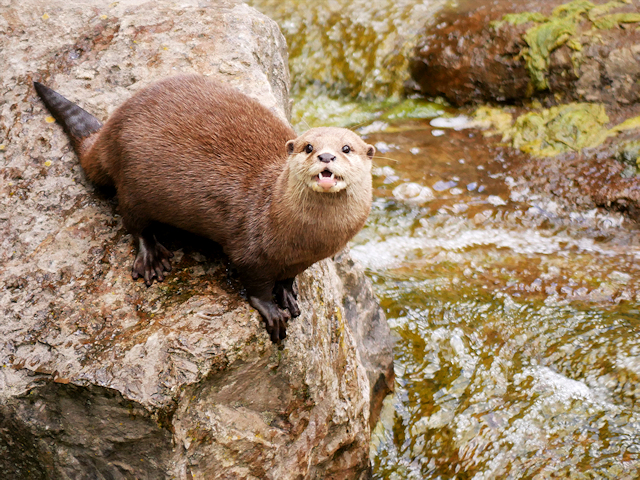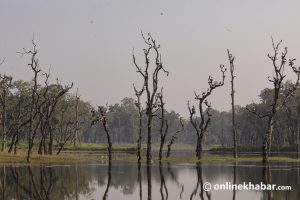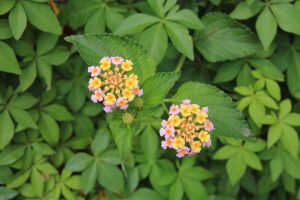On August 26, 2019, the 18th conference of the parties to the Convention on International Trade in Endangered Species of Wild Fauna and Flora (CITES) made a welcome decision by including Asian small-clawed otter (Aonyx cineria) and smooth-coated otter (Lutrogale perscipillata) in Appendix I of the CITES. Earlier, these species were listed on Appendix II of the CITES and had a provision of regulated global trade. Regulated trade means that export can only happen with permits. The permits can be issued by the countries where it has been determined that taking an individual will not impose threats to wild populations of the concerned species. Uplisting these species means that now international commercial trade in both species is effectively banned.
A 2016 report from TRAFFIC, an organisation monitoring wildlife trade, concluded that four species of otter in Asia–Asian small-clawed, Eurasian, hairy-nosed and smooth-coated–are significantly threatened due to poaching and trade. Their dense fur is used for making coats and hats that are popular mainly in China, while other body parts are used in medicines. A 2019 report in National Geographic claims the animals are captured from the wild in countries like Indonesia, Thailand, and other Southeast Asian nations to be sold as pets within the same countries and even in Japan.
On the occasion of the World Otter Day, let’s discuss the status of otters in Nepal.
Nepal and otters
Nepal along with India proposed the uplisting of both the species whereas Bangladesh and the Philippines were other allies in proposing for smooth-coated and Asian small-clawed otter respectively. As a Nepali aspiring for a career in wildlife conservation in Nepal, I take much pride in seeing our country at the forefront of this proposal and pushing for the uplisting of these species. But, I am equally concerned and clueless about other measures Nepal is taking for the conservation of these otter species.
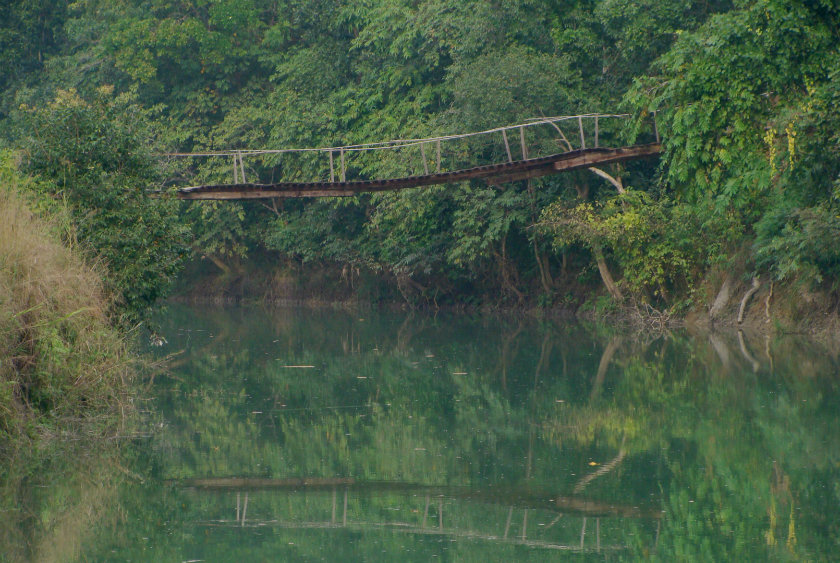
Looking at scientific studies on otters in Nepal, I feel we have done practically nothing for these species. For example, existing literature on smooth-coated otters reports that it occurs in four major river basins of Nepal: Koshi, Narayani, Karnali and Mahakali. Studies also suggest that the Annapurna Conservation Area, Makalu Barun, Chitwan, Bardiya and Shuklaphanta national parks are potential homes to this species of otters. Detailed species locations are only present with reference to some sites of Bardiya National Park and Shuklaphanta National Park. There is even less information about Asian small-clawed otters. An 1839 report by Hodgson claimed this species found in Nepal, India and China is taken as a reference to state that this species is found in Nepal. Although other limited studies claim that they are found in Kailali and Kanchanpur districts, we can safely say that distribution of this species in the country is not known. Keeping distribution apart, we know from nothing to very little about population status, preferred habitat, feeding and breeding ecology, potential conflicts with human and of course threats from the pet trade and poaching.
Even though wildlife management should be directed, or at least be motivated, by species-specific research, we are yet to start filling the gap between these two. So, for a moment, let us digress from the topic of research and see where we are with the legal and management aspect as far as these species are concerned.
The National Parks and Wildlife Protection Act, 1973, of Nepal protects 27 species of mammals, nine species of birds and three species of reptiles. None of the species of otters has made it to this list and there is no sign of this being done any time soon. However, for the conservation of aquatic animals, the government has promulgated the Aquatic Animal Conservation Act, 1960. This act has banned the indiscriminate killing of fish and other animals like otters using unconventional methods. The unconventional methods include the use of electric current, explosive or poisonous substance. We are not sure whether these methods are used for otter capturing and killing and whether using any other means to capture or kill otters would be considered illegal.
The management aspect of otter conservation is not encouraging either. We have not heard of any protected areas in the country or department coming up with an otter conservation plan like they do for species like the royal Bengal tiger and the greater one-horned rhinoceros.
I did my BSc dissertation looking at the distribution, habitat use and impacts of anthropogenic factors on otters in the floodplains of Karnali at the western boundary of Bardiya National Park. The only information the park officials, tour operators and nature guides could give was about some spots popular with tourists where I could see otters. There were no publications, management plans or information brochures about the animal. My work shows that otters were only found in those portions of the park that were heavily protected by virtue of being the core area and home to rhinos and tigers.
I came across some abandoned otter dens not far from sand mining sites. These sanding mining sites were visible on the other bank of the river near Chisapani bridge and across the river as we moved into the buffer zone and beyond. Of the 30-km stretch of river that I surveyed, active signs of otter presence were only seen in a 7-8 km stretch of the river, which fell within the heavily protected area of the park. This is the condition of the sites where we know most about the species. I can hardly imagine what might be happening to otters in other sites in the country where they are just believed to be present without any proper scientific study or survey.
The way forward
If Nepal’s purpose of uplisting the animals in CITES is stemming from real concerns for the species, it should be reflected in what we are doing on the ground to make sure the animals are protected. As mentioned earlier, the major problems for these animals possibly include their habitat destruction through sand mining, deforestation, excess fishing, poaching, illegal capture from the wild, retaliatory killing by farmers, entangling in fishing nets etc. Otters are semi-aquatic mammals, hence protection strategies for them should be focused around sources of freshwater and associated habitat. A major portion of their diet is fish, which is also a major source of livelihood for the communities living along the rivers. Therefore, otter conservation strategies should give equal importance to community involvement through sensitisation, regulated fishing mechanisms and alternate livelihood options.
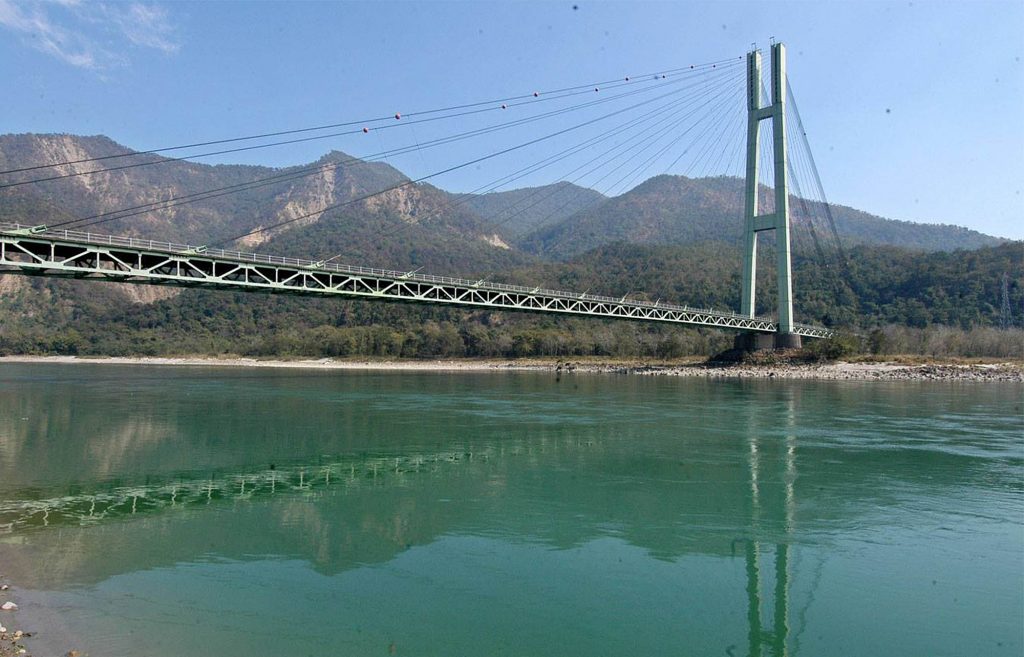
The first thing I would suggest we should do is to determine the potential sites of otters distribution throughout the country. Past reports, expert advice, anecdotal sayings, media reports of otter sighting and old capture records can provide baseline information for new surveys. Linear transect surveys along rivers and bank surveys in case of the point source of water are mostly preferred for otter studies. E-DNA method, which is basically a survey in which you collect genetic material of possible living beings in habitat by following a standard protocol can also be used. The extraction of DNA from water resource has been found to be successful on many occasions and was recently used to study fish diversity in the Karnali.
The second step that I would suggest is to strengthen legal provisions for the conservation of these species, avoiding as many loopholes as possible. This can be done by listing them as protected species under the NPWC Act, 1973. The government has been intending to update this list for quite some time and we need to make sure this update happens soon. Strong provisions can also be made in the Aquatic Animal Conservation Act for the protection of this species by explicitly mentioning the names of the species and the punishment applicable in case these animals are harmed. However, legal aspects take time and we cannot wait for the laws to change before we start surveying for the animals.
Third, but most important, is to bring these animals under the management focus of the Department of National Parks and Wildlife Conservation (DNPWC). National parks, wildlife reserves and conservation areas should be asked to include this animal in priority of conservation and management. They should also be guided with equipment and training to come up with potential areas with high otter activity. These areas can be protected via regular patrolling. Once these areas are identified, conservation initiatives should be carried out with local people’s involvement.
Otter-watching-based tourism can be developed at different sites. The animals that attract pet-keepers from across the world are sure to be a top priority of tourists if they are informed of otter-watching in the wild. Otter tourism in Singapore is the best example of this. Community-based tourism showing feeding, swimming, preying and social behaviours of otters without harming the animals and their habitat can be a good way to shift people’s attention from direct resource extraction to rewards from conserving resources. In this way, the community can be mobilised to safeguard habitat, combat poaching and otter killing. Otter-human conflict can also be minimised to a greater extent through this promotion of otter-based tourism.
We should celebrate what we have achieved in CITES CoP18 through our direct involvement. However, this achievement should not be seen as an end but merely the beginning of more work. Being recognised for conservation consciousness is one thing and setting examples of outstanding conservation management is a different thing. We, as conservation leader, should go for the latter one now. Let us raise our voice, put in all our efforts to make sure our otters are protected legally and the animals and their habitat are managed scientifically. This is the best gift we can give to otters on World Otter Day 2021.



